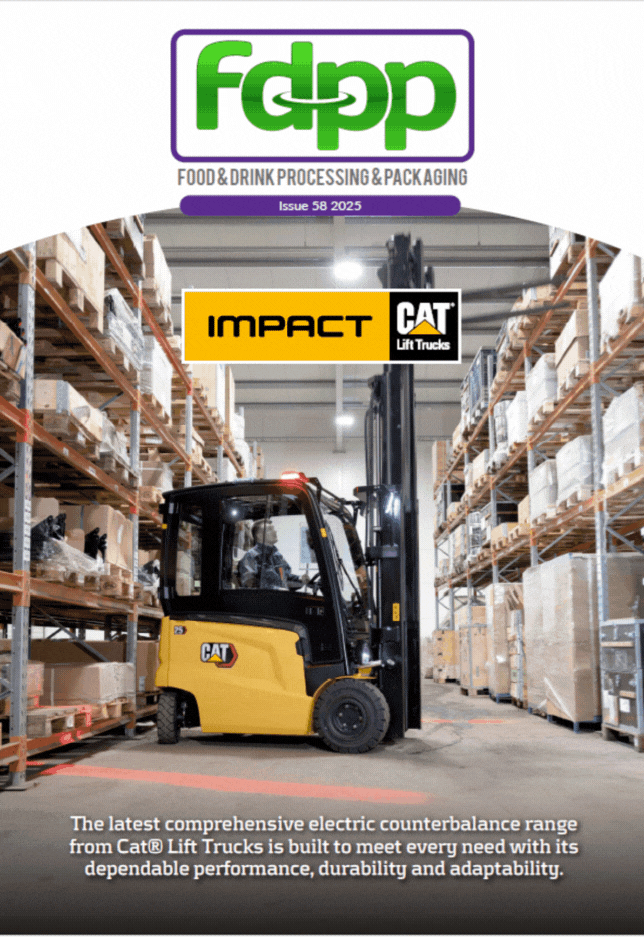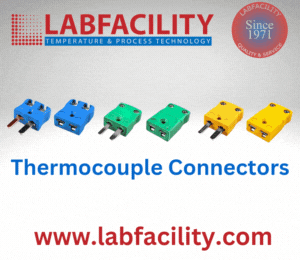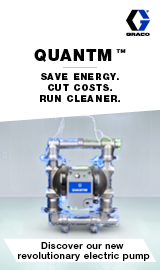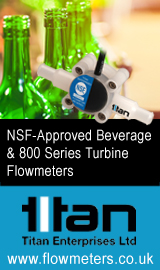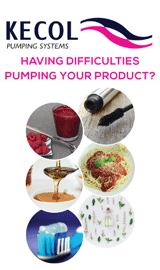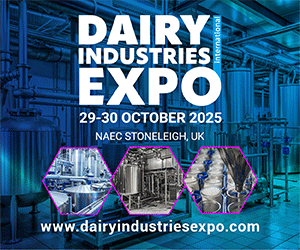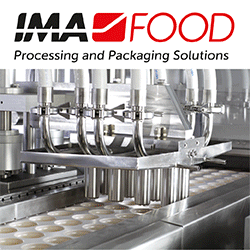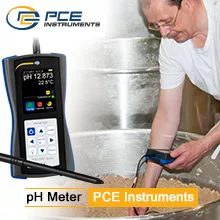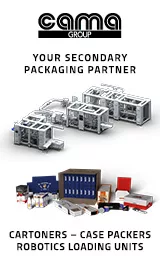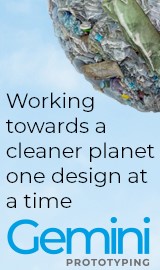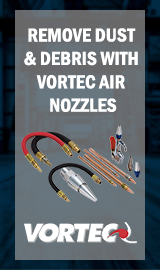STEAM & CONDENSATE SYSTEMS
KADANT products are used in drying, flaking, mixing, blending, packaging, heating, and cooling applications in the food and beverage processing industry.
For more than 80 years KADANT has applied a systematic, application specific approach to solving steam and fluid handling challenges. Together, our staff have more than 175 years of steam systems expertise worldwide.
Our extensive process knowledge in steam system engineering and the ability to integrate these systems with process equipment provides industrial process plants with cost effective solutions to steam distribution and energy conservation.
The efficient integration of KADANT manufactured products into a functioning system will define the success of a capital project. KADANT’s line of steam speciality products, including steam jet thermo-compressors, direct steam injection water heaters, condensate pumping stations, rotary joints and syphons can be seamlessly integrated into the steam distribution system for thermal efficiency.
![]()

RESEARCH & DEVELOPMENT
KADANT steam system designs and hardware utilize design philosophies garnered from our R&D facility and our close involvement with process industries.

KADANT Research & Development Centre control room. Test apparatus visible in background
KADANT has invested many hours in research focused on heat transfer.
Our knowledge of system & hardware design uniquely position us to provide solutions that deliver more heat, more consistently, and more efficiently.
In the R&D Centre in Three Rivers, Michigan, KADANT has fully-instrumented test facilities which are dedicated to research into heat transfer along with steam & condensate behaviour.

KADANT Thermocompressor body undergoing advanced CFD analysis
The R&D centre is also available to our clients for their own process development research, allowing our clients not only to utilize our test facilities but also draw upon our research engineers’ wealth of experience & process knowledge.
A valuable resource when attempting to bring into fruition new ideas against tight deadlines.
SPECIAL APPLICATIONS
KADANT have extensive experience designing & building high pressure & temperature equipment. The picture below is of a KADANT thermocompressor, manufactured for a client in Finland to operate using 103 barg steam at 485°C.



Correct operation of any component on an interconnected system requires that ancillary items be properly specified and installed properly to allow the system to perform as designed. Incorrect installation or unsuitable ancillary equipment can lead to poor performance.
To that end KADANT offer pre-engineered systems built on modular skids, ready for site installation.

KADANT designed sub system assembled onto pre-engineered skid unit, with required control valves, transmitters, gauges & isolation valves.
The KADANT pre-engineered skid systems have the following benefits;
- Complete system solution, fully assembled, thermally lagged & ready to install
- Maximum performance as ancillary system components are properly specified for the required duty
- All control items are functionally tested prior to delivery.
- Pre-configured/programmed automatic process controllers with all control items pre-wired to a skid mounted control cabinet junction box
- Minimal installation and down-time requirement to install.
- Skid unit foot print designed to suit available space.
KADANT designed & built thermocompressors utilise high pressure motive steam to entrain and boost low pressure steam or other gases to an intermediate discharge pressure suitable for re-use in the process. Thermocompressers are an efficient way to recover what would otherwise be wasted energy.

DIRECT STEAM INJECTION HEATERS

A direct steam injection heater provides a cost-effective method to heat water and other slurry fluids by injecting steam directly into the fluid. The direct injection heater is designed to handle a wide range of flow rates and deliver hot fluids at precise temperatures.
The DIH heater units have the following benefits over traditional heat exchangers;
- High reliability, due to no moving parts in the heater
- Low maintenance
- Self cleaning action, due to the steam flow path and velocity.
- 100% energy efficient, utilising the motive steams latent and sensible heat energy
- Precise temperature control
- Instantaneous heating, instantaneous heating on demand.
ENERGY SAVING TIPS
If you are not venting steam through the roof, do you have an efficient system?
Not necessarily. You may be venting steam to a condenser. Although you have not lost the condensate, you have lost the energy in the steam to the water. This energy is wasted if the cooling water is not used elsewhere in the process.
Are there opportunities to reduce energy costs when the process is not producing?
Yes. Lines that are idling during warm-up cycles, product changes, and maintenance downs can consume as much as 20-30% of the steam used when making product. To reduce these losses steam pressures should be adjusted automatically during start-ups, shutdowns, product changes and normal operation.
How can a condensate flash tank be used to reduce energy costs?
When high-pressure condensate is collected in an atmospheric tank, a portion of the condensate “flashes” back into steam. The temperature of the condensate drops to 100°C and energy is lost with the flash steam. This energy, however, can be recovered, by adding a condensate flash tank, the flash steam can be collected and used in steam showers, shower water heaters, air heaters etc…
Does it make any difference whether the steam used is taken from a high-pressure or a low pressure header?
It might. Your product will dry/cook the same whether the steam was originally at 1 bar or at 13 bar. In a cogeneration plant, however, additional electrical energy can be generated from the high pressure steam if it is delivered to production at a lower pressure. It is much better to drop the steam pressure through a turbine-generator than across a pressure-reducing valve. Whenever possible, use the lowest source of steam pressure to meet the process requirements.
Are cooling towers the best approach to reduce temperature of process water?
Cooling towers remove heat through evaporative cooling. This valuable
heat is then lost to atmosphere. Cooling towers also require electrical energy to maintain air movement, fresh water to maintain level, chemicals to prevent biological growth, and maintenance to keep the towers clean and functioning.
Heat exchangers can be an energy efficient alternative for reducing water temperature and heating process water.
With the right heat exchanger configuration, the energy that was previously lost to atmosphere can be recovered and the costs of operating a cooling tower eliminated.
Where do you start in optimizing a system?
When a process consumes large amounts of energy and it can have a dramatic impact on profitability.
A professional audit will include a complete set of process measurements, an analysis of equipment sizing, recommendations for operational improvements, recommendations for equipment upgrades, lists of short-term and long-term improvement projects, and an analysis of the expected return for each project.
Typical returns come from energy savings and increased production capacity.

